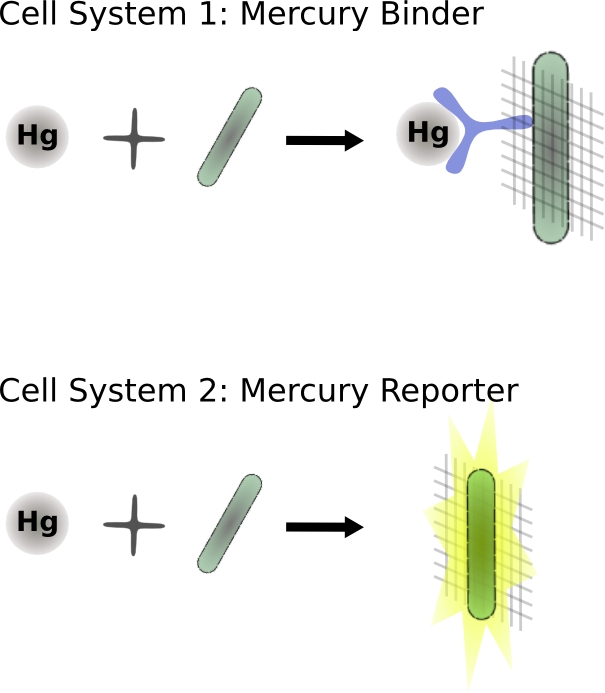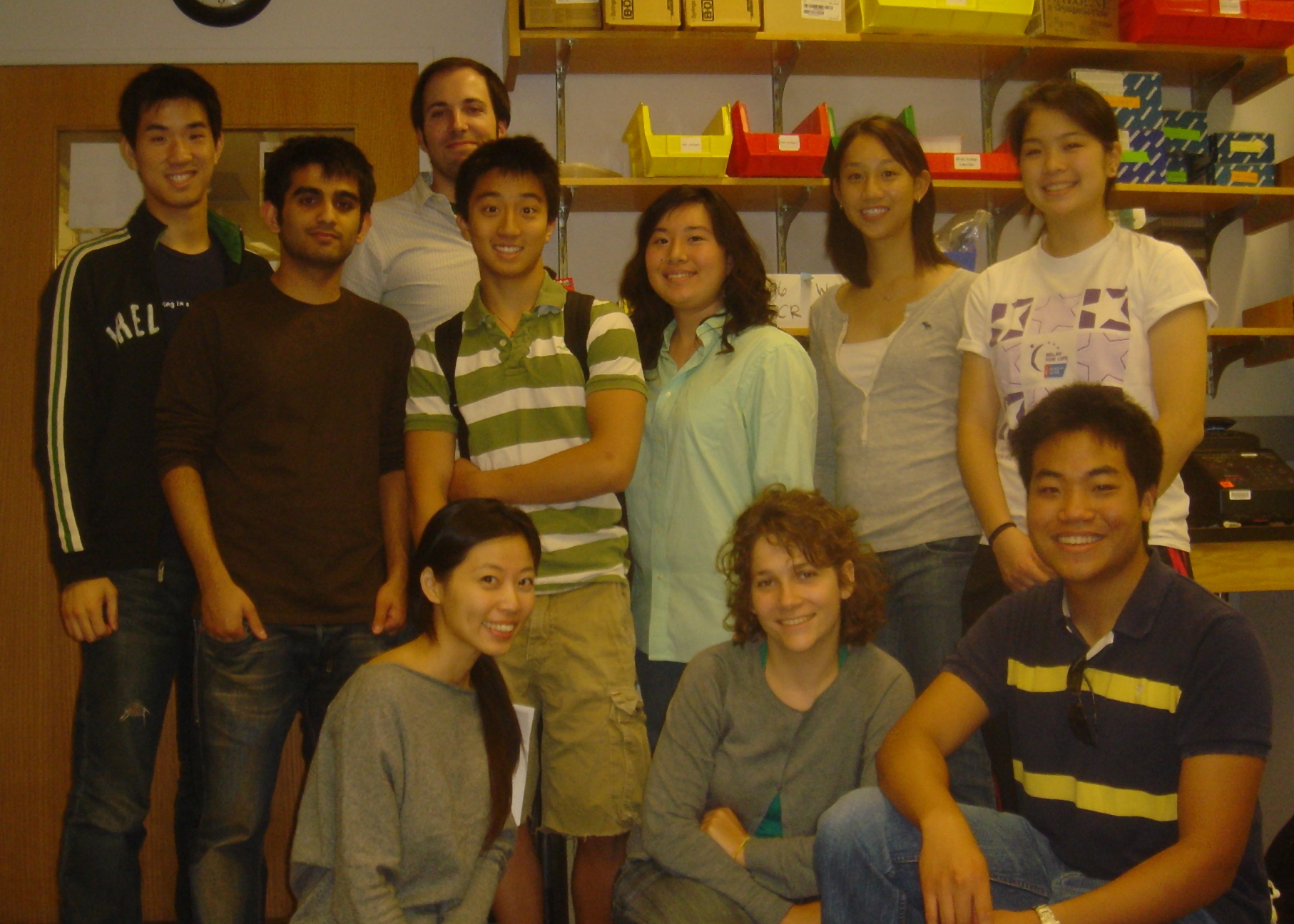MIT
From 2007.igem.org
| Line 5: | Line 5: | ||
| | | | ||
*Please see our '''[http://openwetware.org/wiki/IGEM:MIT/2007 wiki]''' on OpenWetWare for our official website and more information! | *Please see our '''[http://openwetware.org/wiki/IGEM:MIT/2007 wiki]''' on OpenWetWare for our official website and more information! | ||
| - | + | | | |
|} | |} | ||
</div> | </div> | ||
| - | |||
<hr class=divider> | <hr class=divider> | ||
{| cellspacing="5" | {| cellspacing="5" | ||
| - | |width="300px" class="green2" valign="top| | + | |width="300px" class="green2" valign="top"| |
<!-- INFORMATION HEADER with edit link--> | <!-- INFORMATION HEADER with edit link--> | ||
| - | <h3 | + | <h3>Information</h3> |
| - | + | <hr> | |
| - | <hr | + | |
<!-- END INFORMATION HEADER--> | <!-- END INFORMATION HEADER--> | ||
Mercury contamination of drinking water is a significant problem in both developed and developing countries. Techniques to filter it out are both costly and intensive. Thus, the MIT iGEM 2007 team is engineering a biological mechanism to cost-effectively sense and remove Mercury ions from contaminated water through a two cell system. One cell will use the Mer promoter to sense the presence of Mercury ions, then activate the GFP fused downstream. The other uses a cell surface display mechanism to exhibit a Mercury capturing peptide, extracting the Mercury from the water. Both cells also display polystyrene binding peptides, and will thus be attached to a polystyrene filter. This setup would be easy to use, cheap to manufacture, and economical to distribute. It could be used from very small scales to even an entire village's drinking water supply. | Mercury contamination of drinking water is a significant problem in both developed and developing countries. Techniques to filter it out are both costly and intensive. Thus, the MIT iGEM 2007 team is engineering a biological mechanism to cost-effectively sense and remove Mercury ions from contaminated water through a two cell system. One cell will use the Mer promoter to sense the presence of Mercury ions, then activate the GFP fused downstream. The other uses a cell surface display mechanism to exhibit a Mercury capturing peptide, extracting the Mercury from the water. Both cells also display polystyrene binding peptides, and will thus be attached to a polystyrene filter. This setup would be easy to use, cheap to manufacture, and economical to distribute. It could be used from very small scales to even an entire village's drinking water supply. | ||
| Line 70: | Line 68: | ||
Email grads: '''grads [AT] igem.mit.edu''' | Email grads: '''grads [AT] igem.mit.edu''' | ||
Email all: '''igem [AT] igem.mit.edu''' | Email all: '''igem [AT] igem.mit.edu''' | ||
| + | |||
| + | |||
| + | |||
| + | __NOEDITSECTION__ | ||
| + | __NOTOC__ | ||
Revision as of 05:28, 26 October 2007
|
InformationMercury contamination of drinking water is a significant problem in both developed and developing countries. Techniques to filter it out are both costly and intensive. Thus, the MIT iGEM 2007 team is engineering a biological mechanism to cost-effectively sense and remove Mercury ions from contaminated water through a two cell system. One cell will use the Mer promoter to sense the presence of Mercury ions, then activate the GFP fused downstream. The other uses a cell surface display mechanism to exhibit a Mercury capturing peptide, extracting the Mercury from the water. Both cells also display polystyrene binding peptides, and will thus be attached to a polystyrene filter. This setup would be easy to use, cheap to manufacture, and economical to distribute. It could be used from very small scales to even an entire village's drinking water supply. |
|
|
 Graphics
Graphics
